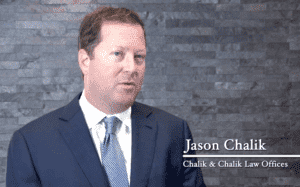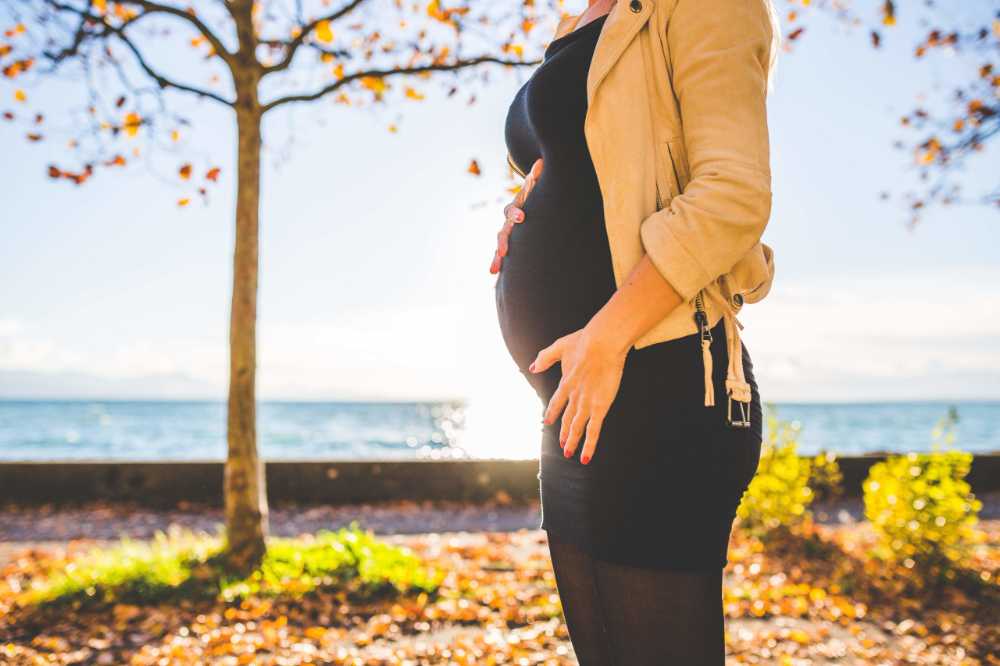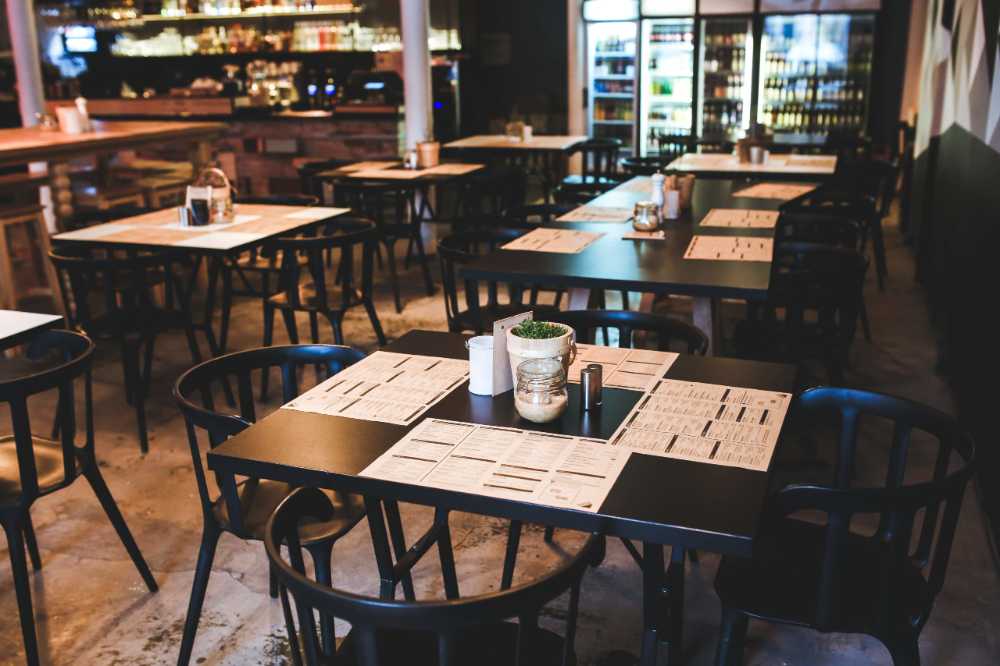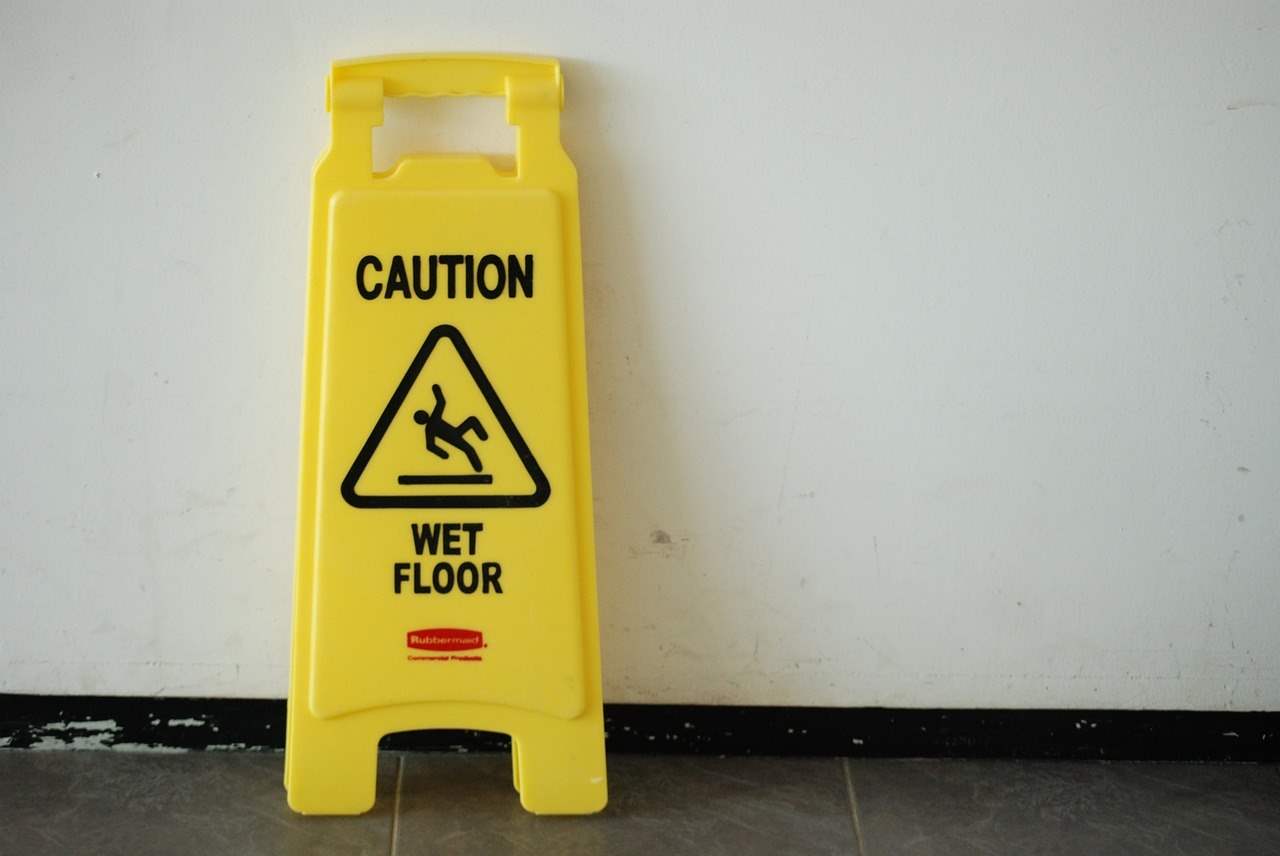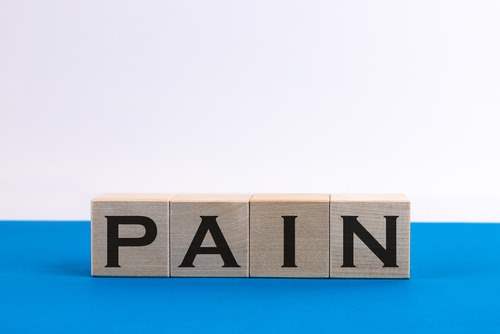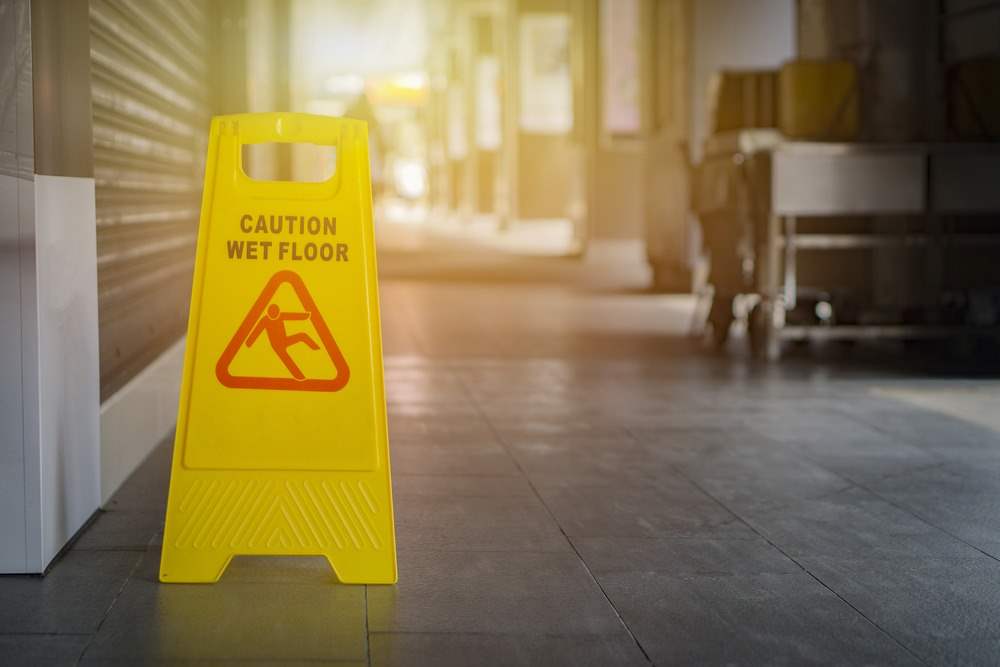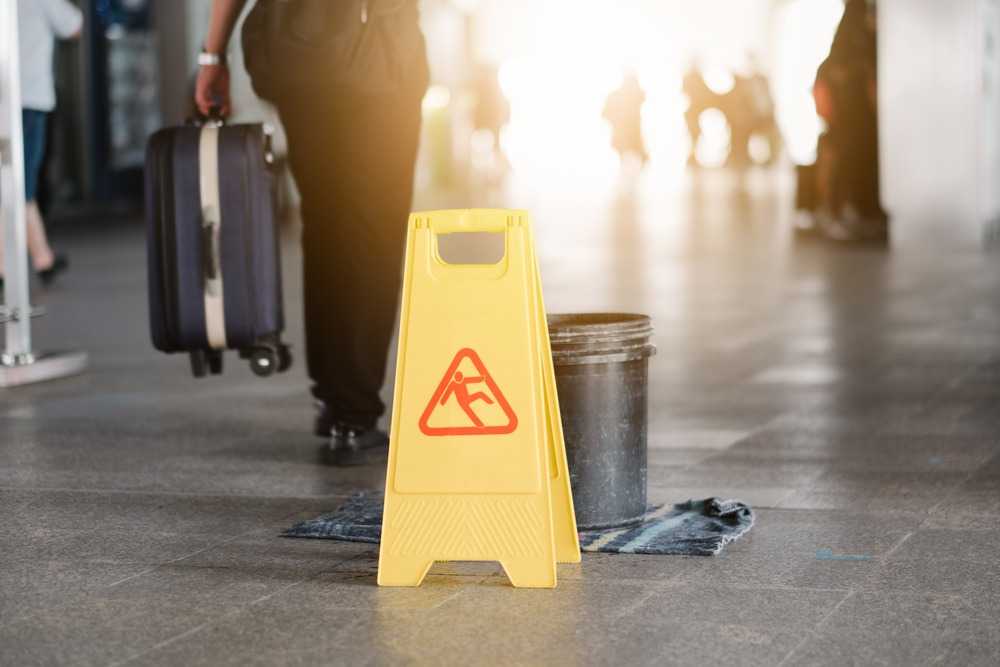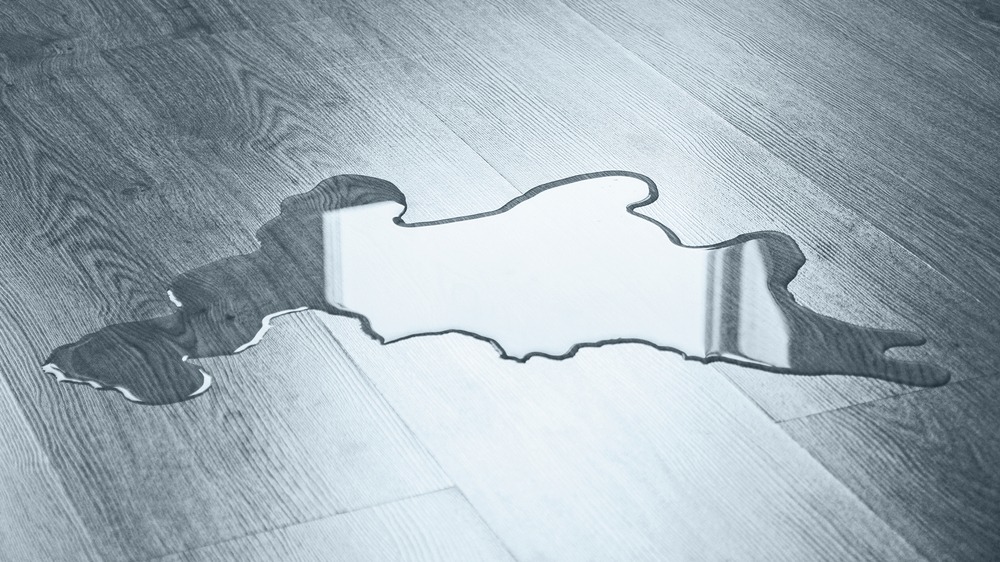Slip-and-fall accidents are the leading cause of both fatal and non-fatal injuries among the elderly. One in three adults aged 65 or over falls each year, according to the Centers for Disease Control and Prevention. Most of these falls occur within the home or in close proximity to it.
Many elderly people wish to remain independent and live at home for as long as possible. However, seniors are faced with age-specific medical conditions that can affect balance, cognition and mobility. Everyday tasks like minor home repairs or yard work can cause slip-and-fall accidents resulting in serious injuries, such as brain trauma and bone fractures. Such injuries can lead to a debilitating loss of mobility and independence.
There are a number of steps that the elderly can take to reduce their risk of falling. Performing a home safety assessment can help bring to light any safety concerns that may be present. Here are some things to improve:
- Make sure all pathways and floors throughout the home are clutter-free.
- Ensure that rugs do not curl up or slip. Remove any that do.
- Install grab bars in key places in the bathroom including next to the toilet, shower and tub. Use nonslip mats to avoid the hazards of slipping on wet floors.
- Mount railings on all stairways.
- Increase the amount of lighting around the home.
Seniors would also benefit from having an alert system in case they fall and are not near a telephone to call for help. Although some elderly people are reluctant to use assistive devices such as a cane or walker, they can help prevent slip-and-fall accidents. Regular eye exams are also recommended to ensure that there are no problems with depth perception.
It is important to note that determining fault can be more complicated than it might seem. If you were injured and you believe someone else is fully or partially to blame, contact Chalik & Chalik to learn more about your rights.
